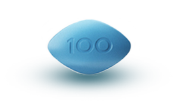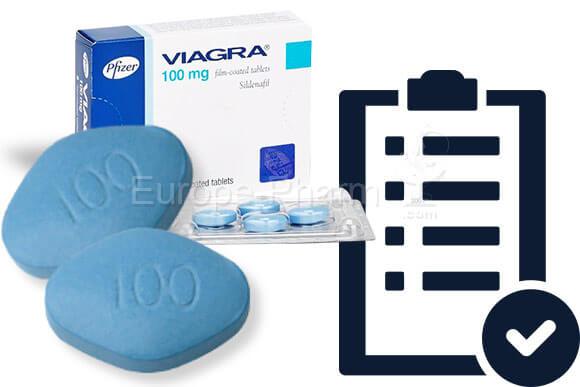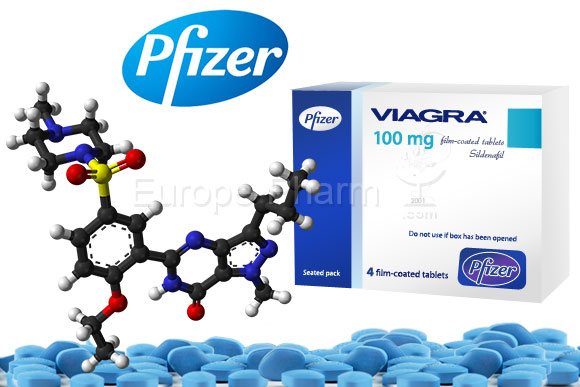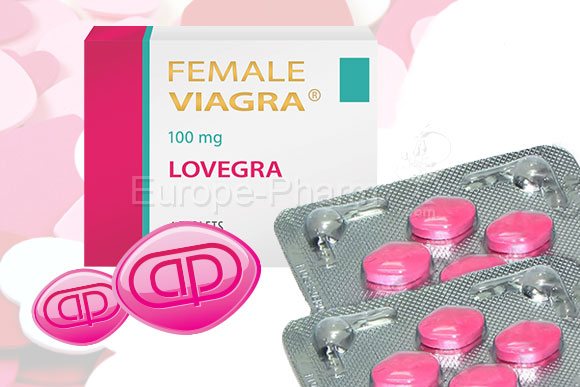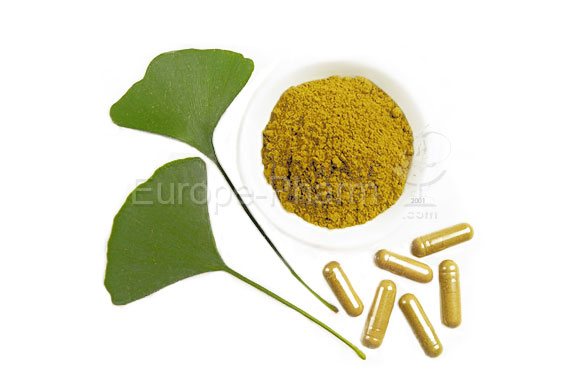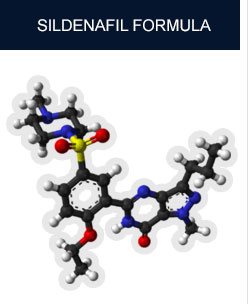
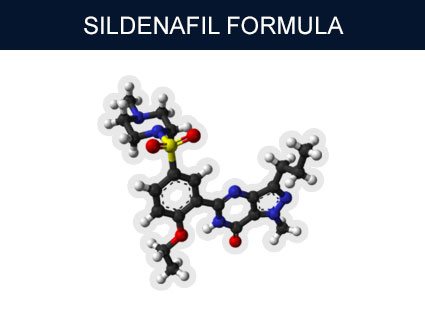
The official website of the National institutes of Health (NIH) inform that Sildenafil is used to treat men who have erectile dysfunction (also called sexual impotence). Sildenafil belongs to a group of medicines called phosphodiesterase 5 (PDE5) inhibitors. These medicines prevent an enzyme called phosphodiesterase type-5 from working too quickly. The penis is one of the areas where this enzyme works.
Erectile dysfunction is a condition where the penis does not harden and expand when a man is sexually excited, or when he cannot keep an erection. When a man is sexually stimulated, his body's normal response is to increase blood flow to his penis to produce an erection. By controlling the enzyme, sildenafil helps to maintain an erection after the penis is stroked. Without physical action to the penis, such as that occurring during sexual intercourse, sildenafil will not work to cause an erection.
Sildenafil is also used in both men and women to treat the symptoms of pulmonary arterial hypertension. This is a type of high blood pressure that occurs between the heart and the lungs. When hypertension occurs in the lungs, the heart must work harder to pump enough blood through the lungs. Sildenafil works on the PDE5 enzyme in the lungs to relax the blood vessels. This will increase the supply of blood to the lungs and reduce the workload of the heart.
This medicine is available only with your doctor's prescription.
On Wikipedia, we can also learn that, Sildenafil protects cyclic guanosine monophosphate (cGMP) from degradation by cGMP-specific phosphodiesterase type 5 (PDE5) in the corpus cavernosum. Nitric oxide (NO) in the corpus cavernosum of the penis binds to guanylate cyclase receptors, which results in increased levels of cGMP, leading to smooth muscle relaxation (vasodilation) of the intimal cushions of the helicine arteries. This smooth muscle relaxation leads to vasodilation and increased inflow of blood into the spongy tissue of the penis, causing an erection. Robert F. Furchgott, Ferid Murad, and Louis Ignarro won the Nobel Prize in Physiology or Medicine in 1998 for their independent study of the metabolic pathway of nitric oxide in smooth muscle vasodilation.
Sildenafil is a potent and selective inhibitor of cGMP-specific phosphodiesterase type 5 (PDE5), which is responsible for degradation of cGMP in the corpus cavernosum. The molecular structure of sildenafil is similar to that of cGMP and acts as a competitive binding agent of PDE5 in the corpus cavernosum, resulting in more cGMP and better erections. Without sexual stimulation, and therefore lack of activation of the NO/cGMP system, sildenafil should not cause an erection. Other drugs that operate by the same mechanism include tadalafil (Cialis) and vardenafil (Levitra). Our Europe Pharm proposes you to buy Viagra, Cialis, Kamagra or Viagra for women for the best prices.
Sildenafil is broken down in the liver by hepatic metabolism using cytochrome p450 enzymes, mainly CYP450 3A4(major route), but also by CYP2C9 (minor route) hepatic isoenzymes. The major product of metabolisation by these enzymes is N-desmethylated sildenafil, which is metabolised further. This metabolite also has an affinity for the PDE receptors, about 40% of that of sildenafil. Thus, the metabolite is responsible for about 20% of sildenafil's action. Sildenafil is excreted as metabolites predominantly in the feces (about 80% of administered oral dose) and to a lesser extent in the urine (around 13% of the administered oral dose). If taken with a high-fat meal, absorption is reduced; the time taken to reach the maximum plasma concentration increases by around one hour, and the maximum concentration itself is decreased by nearly one-third.

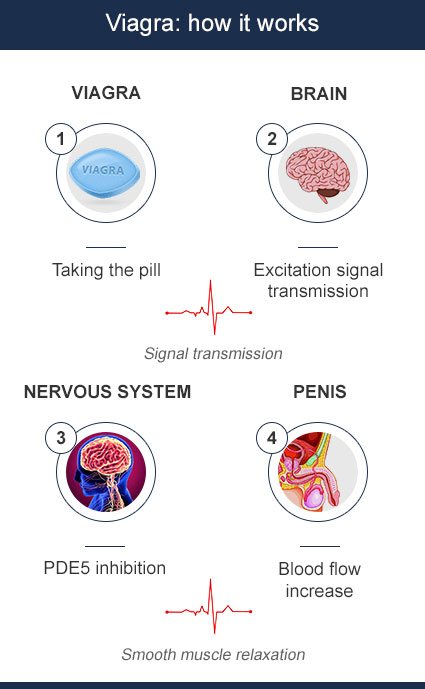







 Login
Login


 French
French German
German Italian
Italian Spanish
Spanish Polish
Polish Czech
Czech Danish
Danish Portuguese
Portuguese Dutch
Dutch Finnish
Finnish Norwegian
Norwegian Russian
Russian Swedish
Swedish















 Top Sale
Top Sale
 Product of the Month
Product of the Month
 Best Price
Best Price
 Reliable
Reliable
 Data Protection
Data Protection
 Effective Customer Care
Effective Customer Care



